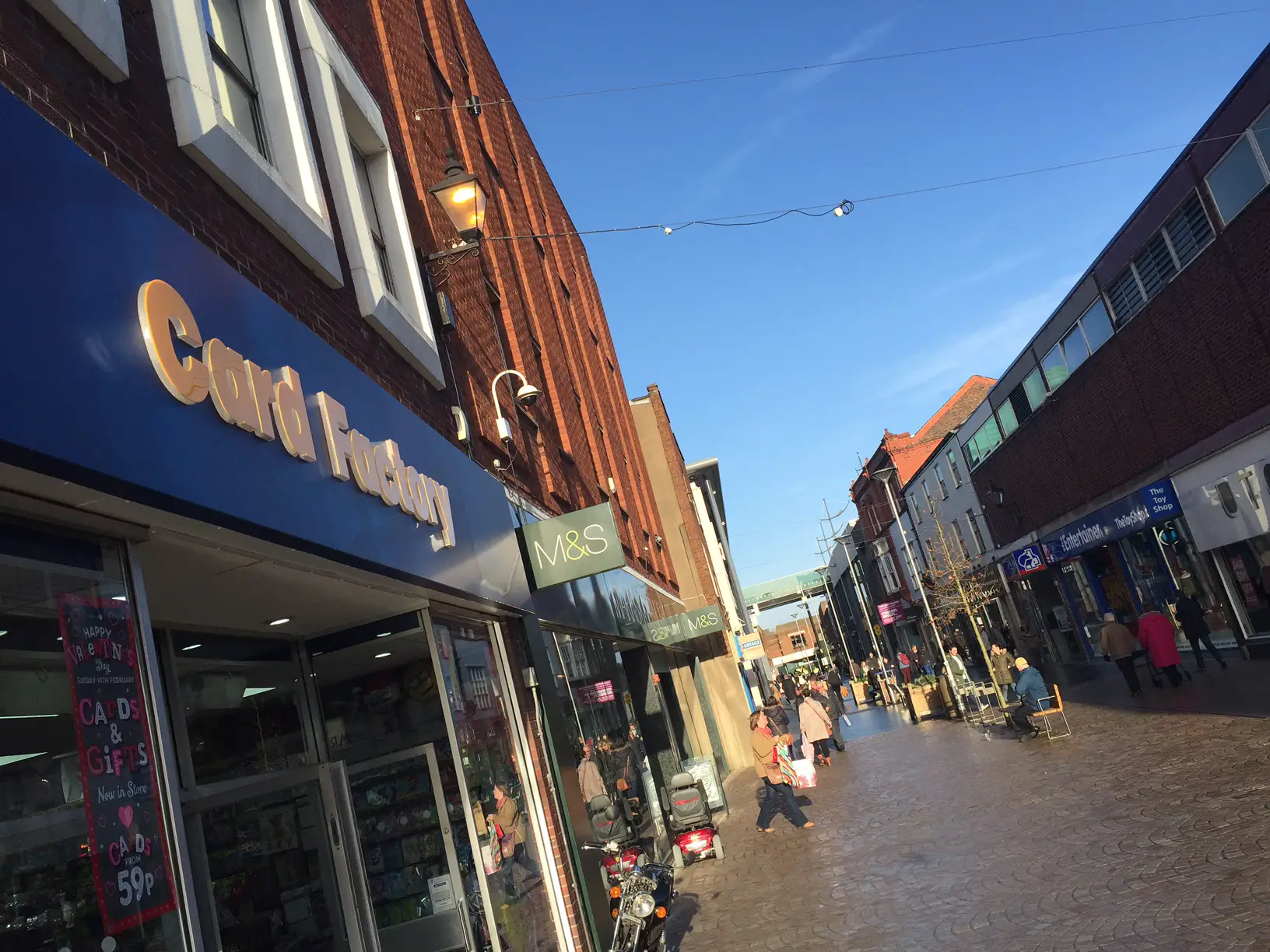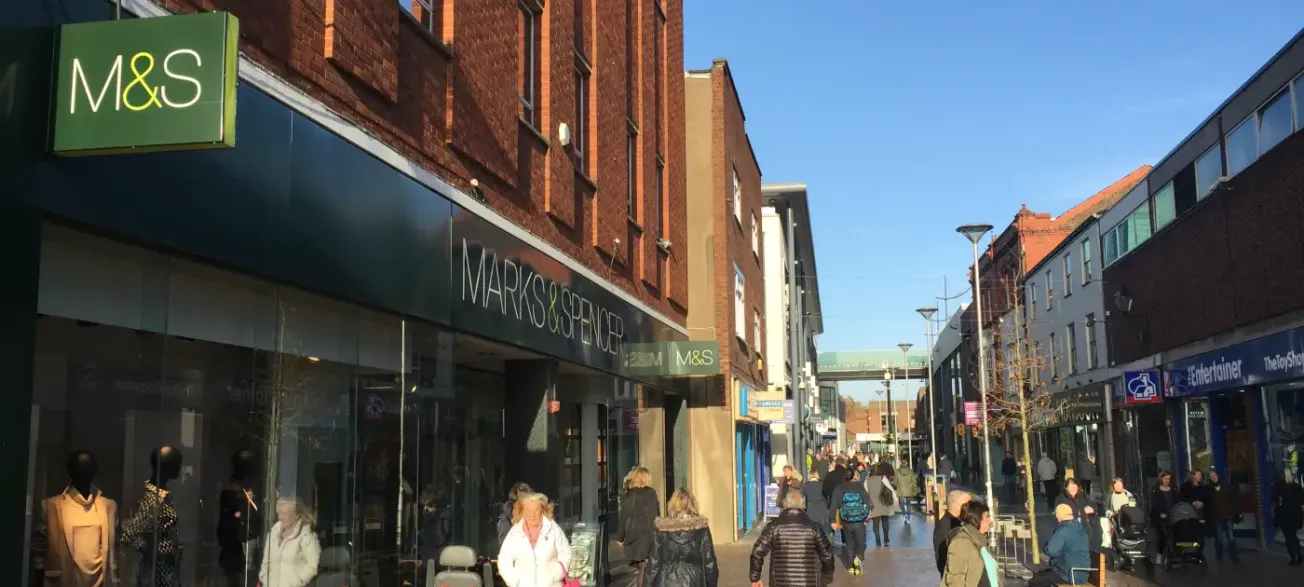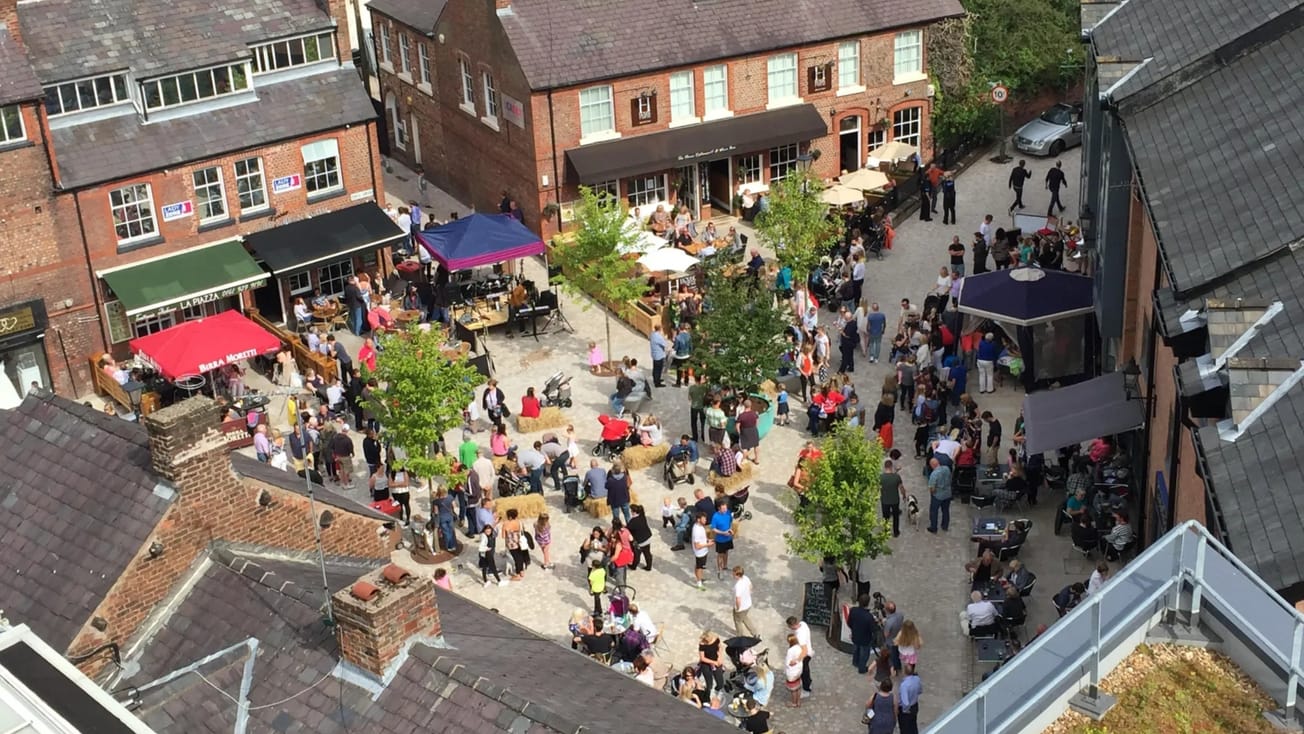Altrincham has been hailed as one of the biggest shopping success stories in the country, according to a major new report.
Researchers from Manchester Metropolitan University analysed over half a billion shopping movements over a three-year period to understand more about the changing nature of the UK’s town centres.
The High Street UK2020 project identified 201 individual factors that affect high street success, and discovered footfall in Altrincham to be more than 50% higher than would be expected given its location and proximity to Manchester and the Trafford Centre.
Professor Cathy Parker, who has led the research, said Altrincham was repositioning itself as “the modern market town”, and “unlike other locations where these straplines remain unattainable pipe-dreams, Altrincham is delivering on this promise”.

She added: “Altrincham is ticking all the boxes. It is developing a retailer and service mix, anchored around the market, offering the catchment something special as well as benefiting from better access and connectivity, with improved transport links and a £19m overhaul of the Altrincham Interchange.”
It added that the combination of the vision provided by market supremo Nick Johnson, coordinated investment from Trafford Council and the energy and enthusiasm of civic groups and retailers was transforming the town from “a ‘victim’ of decision making, to a buzzing, European-style location”.
The boost for Altrincham comes just five years after the town was labelled a “ghost” town by The Sun on account of its retail vacancy rates.
Across the UK generally, the report found that the decline of high street footfall was less a result of the growth of online shopping and more a factor of “poor local decision-making by councils, retailers and the retail property industry”.
Online shopping was only ranked the 15th most important reason – the top five factors impacting performance were:
- Retailer representation – which retailers are represented on the high street, e.g. a mix of shop fronts and store size
- Accessibility – can the centre be reached by a variety of transport modes, e.g. by bus, car, bike etc.?
- Out-of-town development – are there nearby out-of-town retail parks or poorly linked edge-of-town developments?
- Convenience – can people shop in the town centre without much effort?
- Leadership – is there a clear and realistic plan for the centre?
“About 38 per cent of a town’s performance can be explained by factors that it can influence locally,” added researcher Simon Quin.
“The problem is that in many locations retailers and the local authority are not collaborating and working together effectively to increase footfall, and this includes ignoring how important other town centre attractions are to people, such as events like carol services or Christmas markets.”

The report also pointed to the failure of retailers to adjust to the changing needs of their local catchment area, such as opening hours.
“Obviously town centres can’t be open 24/7, but each locality should establish its own optimum opening times, based on analysis of its local catchment”, said Professor Parker.
“This doesn’t automatically mean late-night opening or longer trading hours. In locations with a high percentage of retired residents, earlier opening times may drive more trade.”









